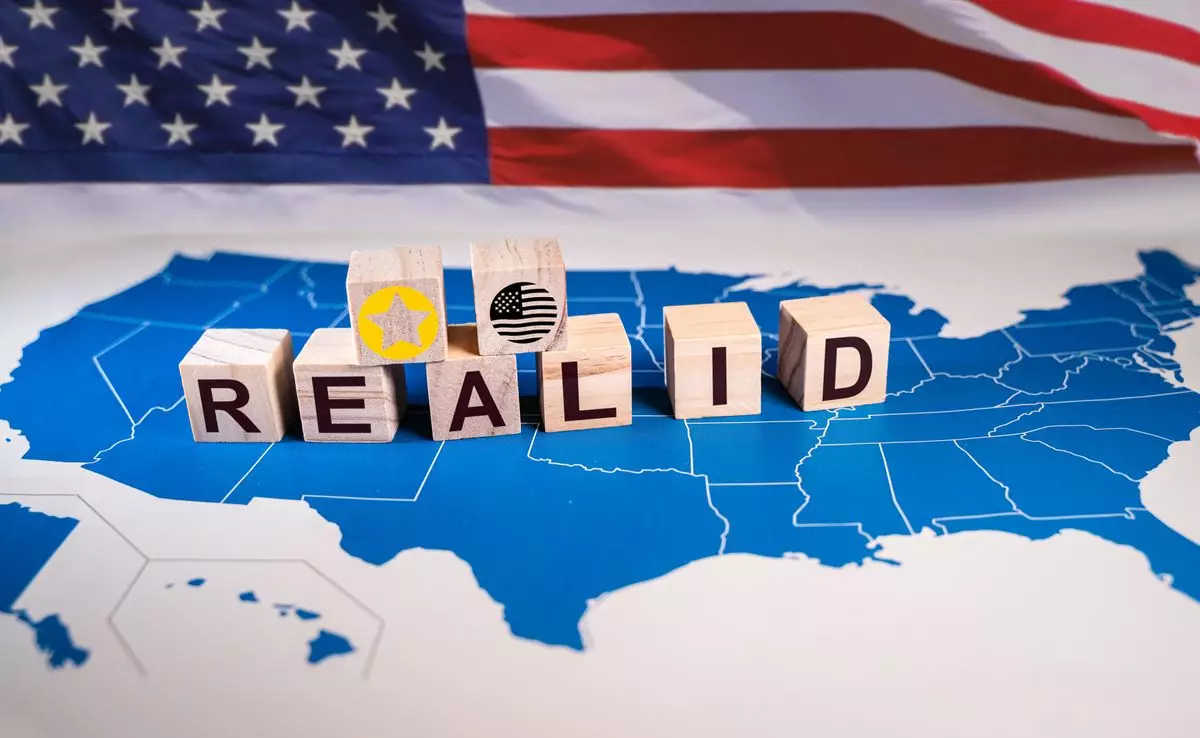The air travel landscape in the United States has recently undergone a significant transformation with the enactment of the Real ID policy. As airports braced for this change, travelers were met with both challenges and a (somewhat) smoother transition than anticipated. While many navigated through security checkpoints without a hitch on the first day of compliance, the underlying implications of this new requirement paint a picture of a future where travel is not just about ease and convenience but also about security and identification validation.
At its core, the Real ID Act was born out of a need for enhanced security following the September 11 attacks. It mandates that state-issued IDs meet strict federal standards. As a result, travelers now find themselves in a dual race: securing compliant identification and navigating the complexities associated with flying in a post-Real ID world. The reality is that many passengers still lack this critical documentation, leading to potential delays and heightened anxiety at airports. After all, nothing incites fear in a traveler quite like the possibility of being turned away at the gate.
Operational Smooth Sailing, but Not Without Hiccups
Initially, many airports reported relatively short wait times for security checks, with some travelers bypassing expected delays altogether. However, this smooth operational experience should not detract from the underlying concern surrounding non-compliance. At the Philadelphia International Airport, TSA agents were proactively checking IDs before travelers even reached the security line. Those who presented non-compliant IDs were handed flyers with QR codes leading to lists of acceptable alternatives. This demonstrates a proactive approach by the Transportation Security Administration, aiming to mitigate confusion and help travelers make informed decisions.
Yet, the question looms: how many passengers truly understand these requirements? The onslaught of messages regarding Real ID has led to a mix of anxiety and misinformation. Social media platforms such as Reddit and Facebook have erupted with discussions offering advice on travel preparedness, revealing a concerning lack of clarity among the general populace. As the digital landscape brims with discontent and confusion, the effectiveness of government communication strategies comes into question. It’s clear that better public relations could have alleviated some of this uncertainty.
Government Response and Public Sentiment
In anticipation of the deadline, lines formed outside government offices across the country as individuals rushed to secure their Real IDs. The enthusiasm to comply is evident, yet the frustration surrounding the lengthy wait times cannot be overlooked. For many, the ordeal involves not just time, but also the coordination of personal schedules and, at times, significant inconvenience. Responses from patrons such as Michael Aceto highlight an essential point: the bureaucratic process of obtaining the necessary identification often feels unnecessarily burdensome.
The lackluster enthusiasm from the public is further underscored by Homeland Security Secretary Kristi Noem’s reassurances to travelers—an indication that even government officials recognize the emotional turmoil stemming from the transition. Although she assured travelers they could still fly with extra identity screenings, the prospect of additional scrutiny is hardly a comforting thought. As airports scrambled to remain efficient, the spotlight shines on the balance between safety and convenience.
Prospective Solutions and Recommendations
In light of the logistical challenges posed by the Real ID initiative, airports and government agencies have introduced measures to ease the transition. For instance, some officials suggested reducing operational pressures by encouraging non-travelers to wait for a less busy period to apply for a Real ID. The solution seems deceptively simple, yet many still face the daunting reality of imminent flights while navigating new regulations. Travelers are now tasked with planning ahead; if they do not possess compliant IDs, they must brace for the reality of potentially being subjected to longer delays and additional screening.
The Real ID policy, with its complex regulations, requires a reevaluation of state-specific protocols to facilitate smoother processing. By streamlining application procedures and ensuring adequate resources are dedicated to public education surrounding compliance, state governments can alleviate some of the anxiety surrounding this new travel landscape.
While the Real ID initiative has stirred a flurry of reactions and operational adjustments, it represents a necessary evolution in how we validate identities in an increasingly security-conscious age. Whether through the lens of frustration or acceptance, travelers must adapt to this new reality. However, with clearer communication and adequate changes, the air travel experience can transition into a more organized, manageable operation—one where security complements convenience rather than stands in opposition to it. Whether we embrace this change or resist it, the key to unlocking a successful path forward lies in our willingness to adapt and evolve in the face of new requirements.

